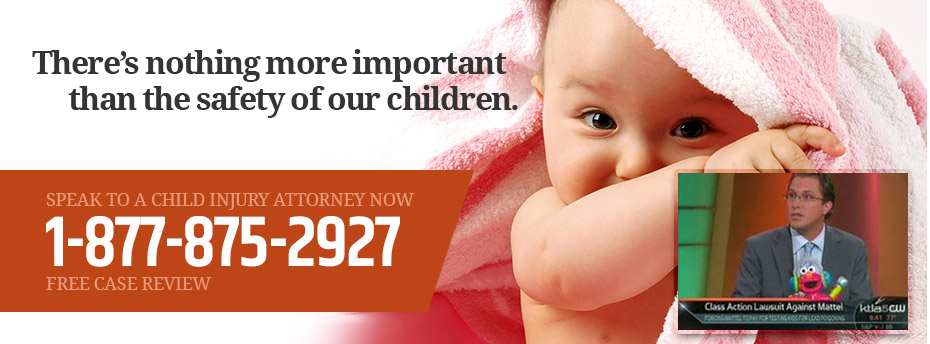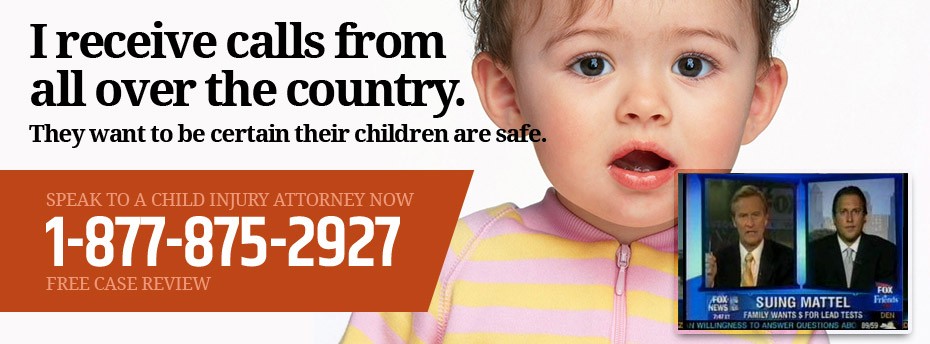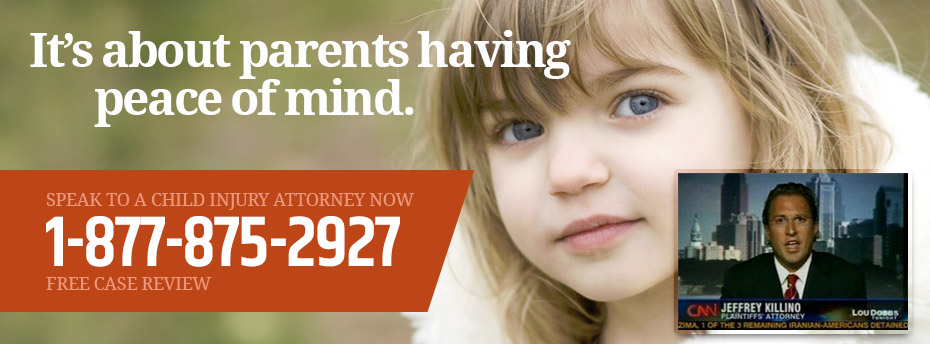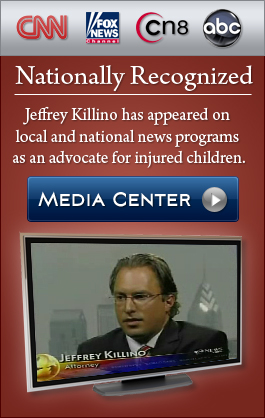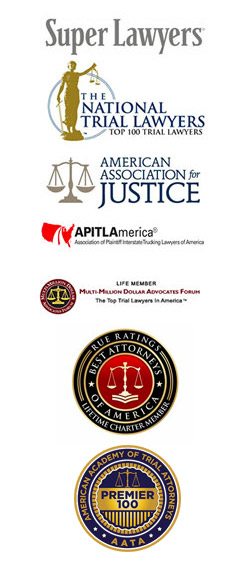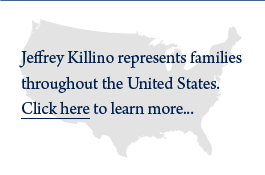On July 2, 2014, Graco’s Children’s Products recalled 1.9 million infant car seats. The combined recall of the 1.9 million infant seats with the 4.2 million toddler seats the company recalled earlier in the year amounts to the largest recall of children’s car and safety seats in American history. The most recent recall came after months of demands from the National Highway Traffic Safety Administration (NHTSA), a national organization responsible for regulating the safety of children’s car seats, motor vehicles, and other products related to vehicle safety.
The toddler seats that were recalled earlier in the year were reported to contain a defect in the seats’ buckles that made it so difficult for parents to remove their children from the seats once they were strapped into them that some parents were reportedly forced to cut through the seats’ harnesses to get their children out of the seats. Though the company had insisted for months that the infant seats recalled in July did not have the same problem because infants were not eating or drinking while in the seats, NHTSA had received reports from parents that the buckles on the infant car seats also became stuck and made it difficult for the parents to remove their infants from the seats.
What can you do if you have purchased a product that you feel is unsafe for your child’s use? First, you should stop using the product and report the problem to agencies responsible for the regulation of the particular product (such as NHTSA or the Consumer Products Safety Commission). Parents are well-advised to regularly consult the websites of these organizations to see if products they have purchased for their children’s use have been recalled.
What if your child has already been injured or killed as a result of a defect in such a product? In this case, you may very well be entitled to compensation from the company that manufactured the product for any injuries your child has suffered. Child-injury attorney Jeff Killino has extensive experience with such cases. If your child has been injured by a defective children’s product, attorney Killino and his nationally-recognized team of child-injury lawyers, child-accident lawyers, toy-accident lawyers, defective car-seat lawyers, child brain-injury lawyers, defective children’s products lawyers, and wrongful-death lawyers will identify all those responsible for your child’s injuries or death and seek justice on your and your child’s behalf.
Legal Liability for Injuries Caused by Defective Car Seats
When a manufacturer designs and creates a product for the public’s use, the manufacturer has a duty to do so in such a way that the product is reasonably safe for consumers’ use. This duty does not require manufacturers to create products that absolutely guarantee no risk of injury from use of a product, however. The duty requires only that the product be as reasonably safe as it can be for its intended and expected use, according to current industry standards. Some products, such as cars and other motor vehicles, thus, have inherent dangers that a manufacture must warn of to keep the product from being unreasonably dangerous for a consumer’s use.
These duties regarding the design and manufacture of a product, and the warnings and instructions that may be required to be attached thereto, form the basis for one of the elements of a product-liability action that may be brought against the manufacturer of a product, and others, for injuries sustained as a result of a defect in the product.
Required Elements of a Product-liability Claim
Product-liability law varies somewhat from state to state, but most states’ laws allow the institution of product-liability actions as either negligence, breach of warranty, or strict-liability claims. Breach of warranty claims are generally brought in non-personal injury cases in which a plaintiff is seeking compensation for monies lost as a result of the purchase of a product that turned out to be other than what was promised or expected.
Negligence product-liability claims may be brought to allege negligence in the design or manufacture of a product that resulted in injury to a plaintiff as a result of a product defect. As negligence claims are far more difficult to prove than strict-liability claims, actions to obtain damages for injuries caused by defective products are more often brought as strict-liability suits.
Strict liability claims relieve a plaintiff from the burden of proving knowledge or “fault” in the sense of negligence in the production or design of a defective product, so that the duty and breach elements of the claim are considered to be established through proof that the product contains a defect in design, manufacture, or the failure to warn of the product’s dangers. This aspect of the law of strict liability recognizes the duty owed by all manufacturers and designers of products and assumes the breach of that duty when a product that is put on the market is defective.
Under most states’ product-liability laws, the manufacturers, designers, distributors, and retailers of a product may be found strictly liable for a plaintiff’s injuries that result from a product defect even if a particular defendant was not involved in the product’s defective manufacture or design.
Contact Child-injury Attorney Jeff Killino for Expert Assistance with Your Defective or Recalled Children’s Product Case
Child-injury attorney Jeff Killino has extensive experience with cases involving injuries to children from defective children’s products, including one brought against national toy-manufacturer, Mattel, Inc., which resulted in an order compelling the corporation to provide free lead-testing for children who may have been exposed to lead contained in toys. If your child has been injured or killed through the use of a defective car seat or other children’s product, attorney Killino and his team of child-injury attorneys, child-accident attorneys, toy-accident attorneys, defective car-seat attorneys, child brain-injury attorneys, defective children’s products attorneys, and wrongful-death attorneys will do everything in their power to see that you obtain the compensation to which you are entitled for your child’s injuries or death.
